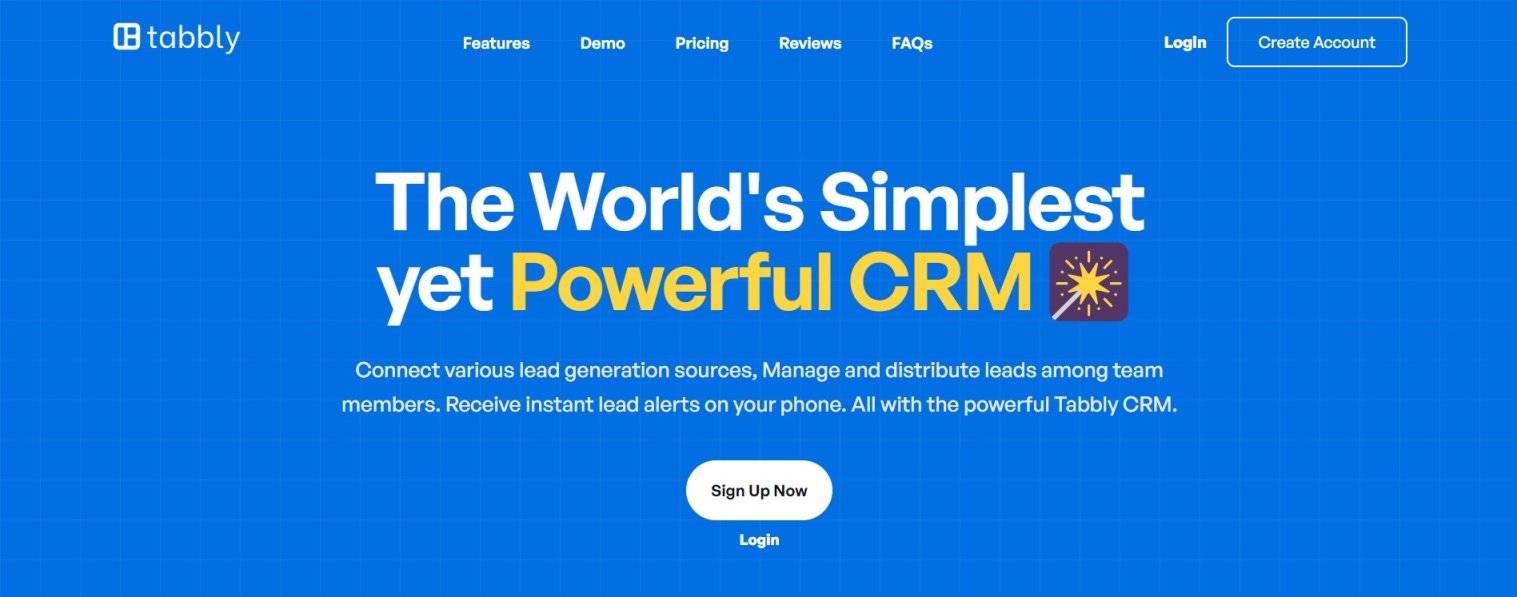Small and medium businesses look at improving their communication systems while keeping costs in check. Cloud Telephony has turned out to be a game-changer, offering agility with scalability, enabling a business enterprise to upscale its customer service without expensive infrastructure. According to recent reports, the market size was valued at approximately USD 21.9 billion in 2023 and is projected to reach around USD 65.3 billion by 2030, growing at a CAGR of 16.9% from 2023 to 2030
It provides scalability for quick scaling of communications, improvement of customer experience, and advanced functionalities like call routing and analytics at a fraction of the cost of legacy systems. With increased competition and a changed paradigm of customer expectations, Cloud Telephony equips those enterprises that have to stroll ahead without any additional overheads.
Let's dig deeper into how Cloud Telephony is changing the way SMBs communicate and why it remains one of the most important tools for business success.
Following are the key features of Cloud Telephony, which make it a powerful tool for small and medium businesses:
- Auto Call Routing: It routes the calls to the right department or agent with the help of some predefined rules.
- IVR: This is an interactive voice response that allows customers to use their voices or keypads to select from a menu list for rapid self-service.
- Voicemail to Email: Transcribes voicemails into emails so no important messages are ever missed.
- Call Recording: Records all customer interactions for quality control, training, and compliance.
- Call Forwarding: Calls are forwarded to mobile devices and/or other locations for availability.
- Analytics and Reporting in Real-Time: This would provide an overview of the calls coming in, customer satisfaction, and agent performance.
- Virtual Phone Numbers: Provides local and toll-free numbers to help project a professional image and reach more people.
- Click-to-Call: The customer now has the capabilities to click once and initiate a call from your website or email.
- Conferencing: This allows for multi-party communications, which include both team meetings and client calls.
- CRM Integration: Seamlessly integrates with CRM systems, creating customer data about the calls to personalise each service.
- Mobile Application Support: Enables users to make and receive business calls from their smartphones anytime, anywhere.
- Automated Greetings and Custom Messages: Creates a professional experience with your branded greetings and holds messages.
These features not only enhance communication but also improve customer service, reduce operational costs, and enable scalability, making Cloud Telephony a key asset for SMBs.
Let’s explore how Cloud Telephony is reshaping the way SMBs communicate and why it’s becoming an essential tool for business success.
1. Auto Call Routing
Advantage: Easy handling of calls
Among the biggest coups of Cloud Telephony is the aspect of call routing automatically. Calls get routed to the right department or team member per the pre-set criteria, such as caller input-like IVR or an agent's availability. This makes sure that customers will reach out to the right person as early as possible, allowing them to minimise wait times and hence improving overall customer experience.
How It Helps SMBs: This helps small businesses sound and act more like big companies, where no customer call can go unanswered, lost in some systems.
2. IVR-Interactive Voice Response
Advantage: Easy customer interaction
IVR lets the client interact first with a computerised system before reaching a live representative. It facilitates the call for help in the most decent manner by offering to self-serve with options like selecting from the menu for billing or support to reduce the calls regarding general issues.
How it Helps SMBs: IVR ensures that your business can effectively handle a large volume of calls and, with a small team, provide a much more efficient service with better utilisation of resources.
3. Voicemail to Email
Benefit: No Important Message Will Be Missed
This voicemail-to-email feature in Cloud Telephony automatically transcribes the voicemail messages left by someone into text and sends them into your email inbox once anyone leaves a voicemail. It enables you to check your messages out of the voicemail checking, which is usually waited for on the phone system, at any time and from any place that may suit you.
How it helps SMBs: It ensures that the feature will not miss a single customer communication, right from off-hours to employees on wheels; it promises responsiveness and flexibility.
4. Call Recording
Advantage: Better Training and Improved Quality Control
One of the key features of call recording enables an organisation to record and store conversations between agents and customers. It can also be utilised for quality monitoring, ensuring compliance, and analysing effective ways of communication.
How it benefits the SMB: The recorded calls can be used in the training of employees for small businesses, enhancing their customer service practices and officially dealing with disputes. In addition, this will help to not miss anything important that was said from customers.
5. Call Forwarding
Benefit: Freedom to Communicate
Cloud Telephony allows dynamic call forwarding, where an incoming call may be forwarded to selected phone numbers, devices, or voicemail based on predetermined conditions. You forward the calls on your mobile device because you happen to be outside the office, or you route calls automatically at a specific time.
How it helps SMBs: Call forwarding ensures that no call is missed, whether employees are working from home, on the go, or in the office.
6. Real-time analytics and reporting
Benefit: Data-Driven Decision Making
Cloud telephony platforms provide detailed real-time analytics on call volumes, agent performance, the outcome of calls, and customer satisfaction. It helps the manager understand at what points improvements are needed, and where the customer service can be enhanced.
What it does for SMBs: These metrics, subsequently analysed, provide a broad insight to SMBs for making informed decisions related to resource allocation, staff training, and process improvements. Data-driven adjustments can be made in fervent attempts to optimise strategies around getting the best results out of communication and customer engagement.
7. Virtual Chief Numbers
Advantage: Professionalism and Local Presence
While offering virtual numbers, this business may appear to be present in various cities or even countries that it might not have a presence in. Virtual numbers allow the making and receiving of calls while presenting a professional image without actually opening offices in those locations.
How It Helps SMBs: They will be capable of expanding their market reach, improving accessibility to customers, and looking professional-all at about a fraction of a cost it takes to set up physical offices.
8. Click-to-Call
Advantage: Immediate Connection
The Click-to-Call feature lets customers connect with a business instantly through a link embedded in their emails or websites. It automatically puts a call through to both the customer and to your company's number, thus easing the way to reach you.
How it benefits SMBs: The feature makes communication easier for customers. Therefore, they will be in a position to call more and engage better. This is vital, especially in increasing sales opportunities as well as customer support.
9. Conference Calling
Positive Impact: Synergizing Communication
Further, Cloud Telephony offers in-built conference calling, which enables several participants to connect together on one call. Whether it is a sales meeting, discussion with internal teams, or consultation with a client, it makes communication with a group smooth and easy.
How it helps SMBs: as with limited resources or scattered teams, to now hold conference calls in a professional manner without investing in more equipment or using complicated software that will enhance collaboration and decision-making.
10. CRM Integration
Customer Management Made Easy
Most Cloud Telephony platforms provide integration options for CRM tools, whereby businesses can view customer information when making or receiving calls. The integration helps in logging the interactions made with the customers automatically, apart from offering access to the most critical information during the calls.
How it helps SMBs: Integrating CRMs into the business helps them to track customer history, preference, and queries. Thus, this would provide more personalised customer service. Quick responses ensue with paired customer service, bringing forth better retention.
11. Mobile Application Support
Benefit: Communication On-the-Go
Mobile applications are part and parcel of many Cloud Telephony solutions wherein employees can make and receive calls using the company's phone number on their mobile phones. This way, employees are always accessible-whether in-office, at home, or on-the-go.
How it helps the SMBs: Mobile application functionality makes it very necessary for dispersed teams and on-the-road staff to feel engaged with the system from anywhere and communicate with customers and teammates without requiring extra phone lines.
12. Pre-recorded Welcome and Personalised Messages
Benefit: Professional Image
With Cloud Telephony, the business can generate personalised automated greetings and onhold messages. From greeting the callers in a friendly tone by promoting something to the callers that wait on hold for a special offer, the feature strengthens your-enterprise's professionalism.
How it helps SMBs: The automated greetings and customised messages enable small businesses to create consistency in customers' experiences and build trust in the brand.
Why choose Tabbly for your cloud telephony?
Powerfully and user-friendly, the Tabbly solution of Cloud Calling is fitted out for the rebirth of business operations, with small and medium businesses making plans to move to newer communication systems. Auto call routing, call recording, IVR systems, and seamless CRM integrations are just a few of the features Tabbly provides to ensure your business is always ready, whether you're in or out of the office.
Tabbly's cloud-based platform, scalable, cost-effective, and easy to implement, perfectly meets the needs of SMBs that want to improve communication efficiency, smoothen operations, and drive growth. This choice today will not only give you top-notch features but also make you confident and secure with a flexible means of communication to meet the growing needs of your business.
Ready to Revolutionise Your Business Communication? Start with Tabbly for Next-Generation Cloud Telephony.
FAQ’S
1. How does Cloud Telephony improve customer service?
Cloud Telephony enhances customer service by providing features like IVR (Interactive Voice Response), call routing, and real-time call analytics. These tools help businesses direct calls to the right agents quickly, reducing wait times and improving overall customer satisfaction. Additionally, with call recordings and CRM integration, businesses can offer personalized support based on customer history and interactions.
2. Can Cloud Telephony be used with mobile devices?
Yes, Cloud Telephony can be accessed through mobile devices, making it easy for employees to make and receive business calls from anywhere. Many cloud telephony providers, like Tabbly, offer mobile apps that enable seamless communication on the go, ensuring your team stays connected whether they are in the office or working remotely.
3. What are the costs associated with Cloud Telephony?
Cloud Telephony is generally more cost-effective than traditional phone systems, as it doesn’t require expensive on-site hardware or maintenance. Costs vary depending on the service provider, features, and the number of users, but it typically operates on a subscription-based model, allowing businesses to pay only for what they need. This model helps SMBs reduce upfront costs while offering flexibility as their needs grow.
4. How reliable is Cloud Telephony?
Cloud Telephony is highly reliable, with most providers offering 99.9% uptime guarantees. Since it operates over the internet, ensuring a stable and high-speed internet connection is key to performance. Cloud telephony providers also have redundant systems in place, meaning if one server goes down, calls are automatically routed through another server to ensure uninterrupted service.
5. What features should I look for in a Cloud Telephony provider?
When selecting a Cloud Telephony provider, look for features such as auto call routing, IVR systems, call recording, real-time analytics, and CRM integration. Additionally, ensure that the provider offers mobile support, strong security measures, and scalability to grow with your business. Tabbly, for example, offers all these features along with easy setup and integration options for SMBs.









